- Parent Category: 2017
- Hits: 17449
Football.....Is Manipur India's Little Brazil?

Even though the Indian U-17 football team’s World Cup campaign ended when the host nation was humiliated 0-4 by Ghana in their last outing in their group, the eight Manipuri boys who were in the spirited Indian team continued to be in the limelight in their home state.
Joining in the series of felicitation programs held in their honour, Manipur Chief Minister N Biren Singh handed over Rs 5 lakhs to each of the eight players as incentive for bringing the glory to the state.
“To win or loss is part of the game but what really counts is the spirit and performance on the field. Your participation in the historic FIFA World Cup brought glory to our state Manipur. I say this on behalf of the entire population of the state, both hill and valley, we’re really proud of you.” said the former footballer Chief Minister to the eight boys before handing over the cheques.
Even the Manipur Governor, Dr Najma Heptulla felicitated the ‘8 heroes’ as they are being called in Manipur and showered them with gifts and reward shawls.
Interacting with the boys and their guardians who were invited to a high tea, the Governor said that she would do her best to find ways to promote football commercially.
The Governor felt proud that the U-17 team has the team Captain and 7 other players from the State. “It is heartening to see that maximum number of players from a state like Manipur, which is known as the powerhouse of Sports” said the governor and congratulated the parents for supporting their children to play the game despite economic hardships.
Add a comment Read more: Football.....Is Manipur India's Little Brazil?

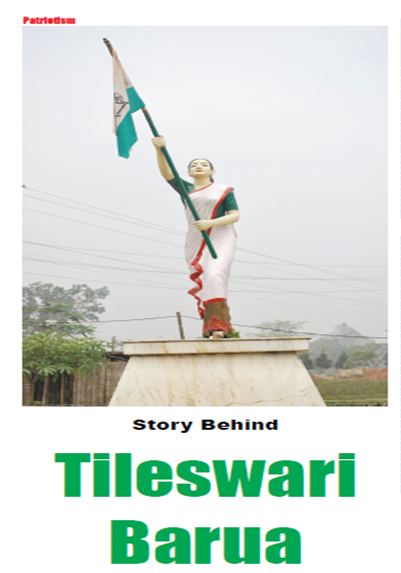 Tileswari Barua was a heroic, courageous, valiant twelve years teenage girl. Exactly 75 years ago, on 20 September 1942 Tileswari Barua laid down her life while trying to hoist the national flag at top of the police station in Dhekiajuli, Assam. Tileswari was the eldest of four children of Bhabakanta Barua of village Nij-Borgaon on the outskirts of Dhekiajuli. She was so influenced by the patriotic songs which the Congress volunteers were singing every day that she did not think once about her life when Mahatma Gandhi’s call for raising the national tricolor flag.
Tileswari Barua was a heroic, courageous, valiant twelve years teenage girl. Exactly 75 years ago, on 20 September 1942 Tileswari Barua laid down her life while trying to hoist the national flag at top of the police station in Dhekiajuli, Assam. Tileswari was the eldest of four children of Bhabakanta Barua of village Nij-Borgaon on the outskirts of Dhekiajuli. She was so influenced by the patriotic songs which the Congress volunteers were singing every day that she did not think once about her life when Mahatma Gandhi’s call for raising the national tricolor flag.
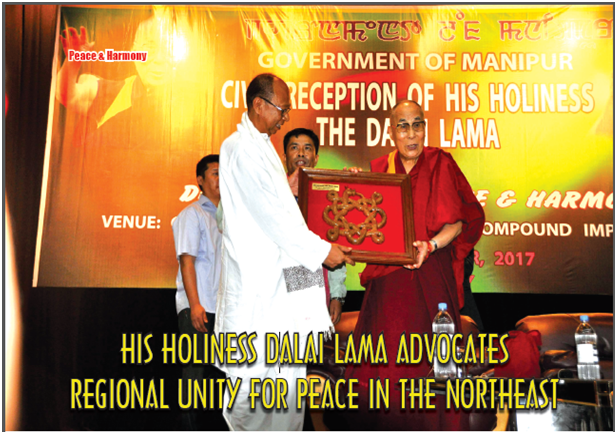
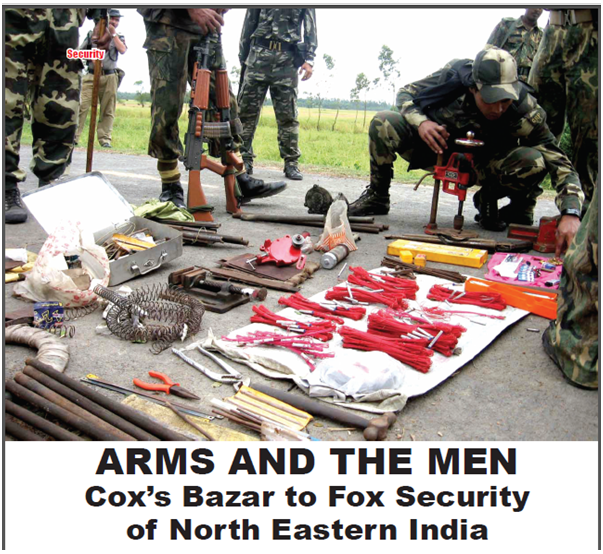
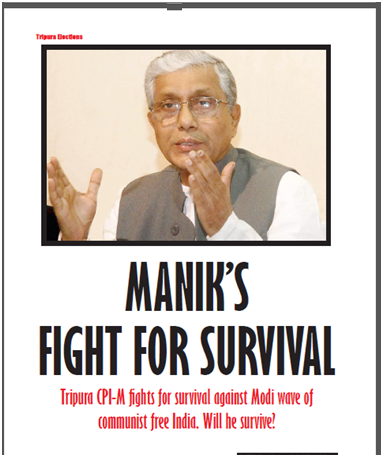
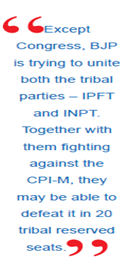 distribution and party’s involvement in Non Banking Financial Company’s (NBFC) scam in Tripura damaged the fame and glory of communists. In the last election in 2013, the party in power directly used a section of state civil service officers and lower grade employees for manipulating the electioneering. Even CPI-M intruded their large number of cadres in opposition’s rally when Prime Minister or any other central leader of Congress came for addressing public rally. It made a sense of satisfaction to the opposition and it also confused the central leadership but it was not reflected in the voting.
distribution and party’s involvement in Non Banking Financial Company’s (NBFC) scam in Tripura damaged the fame and glory of communists. In the last election in 2013, the party in power directly used a section of state civil service officers and lower grade employees for manipulating the electioneering. Even CPI-M intruded their large number of cadres in opposition’s rally when Prime Minister or any other central leader of Congress came for addressing public rally. It made a sense of satisfaction to the opposition and it also confused the central leadership but it was not reflected in the voting.